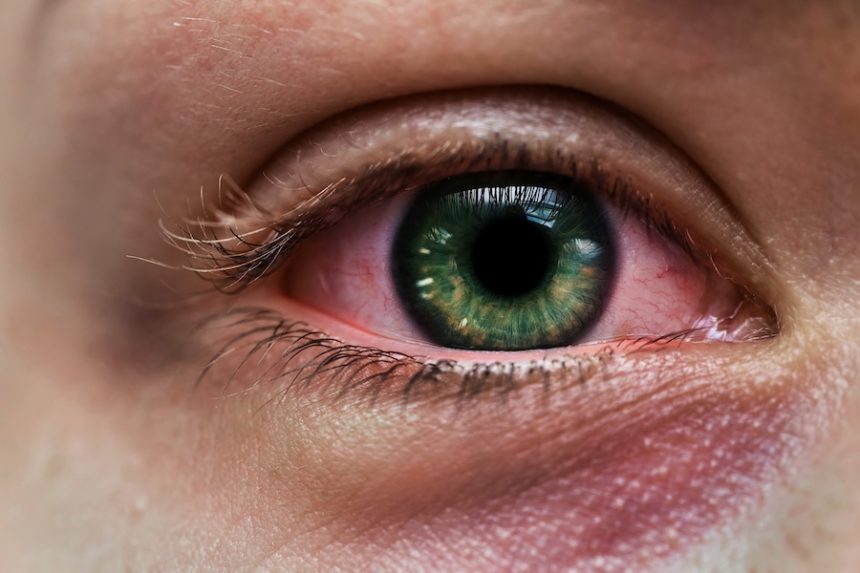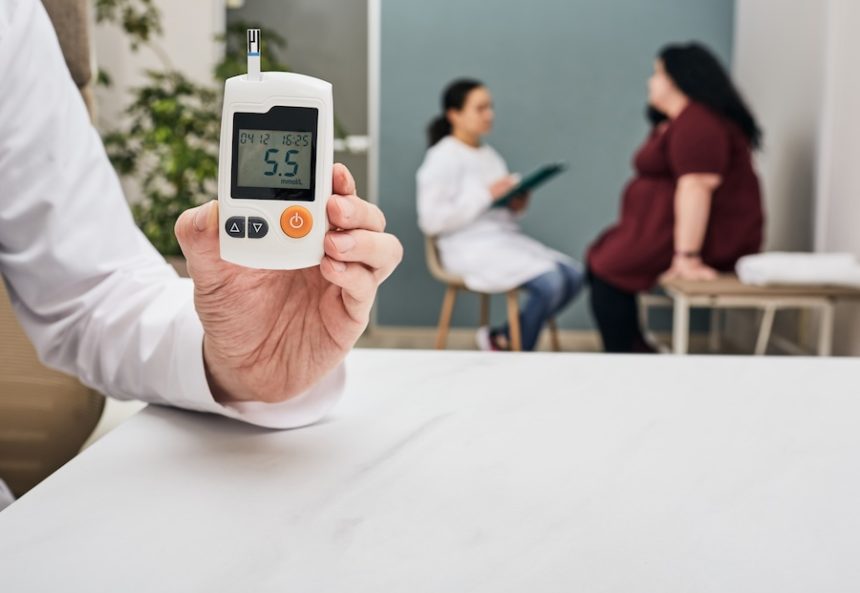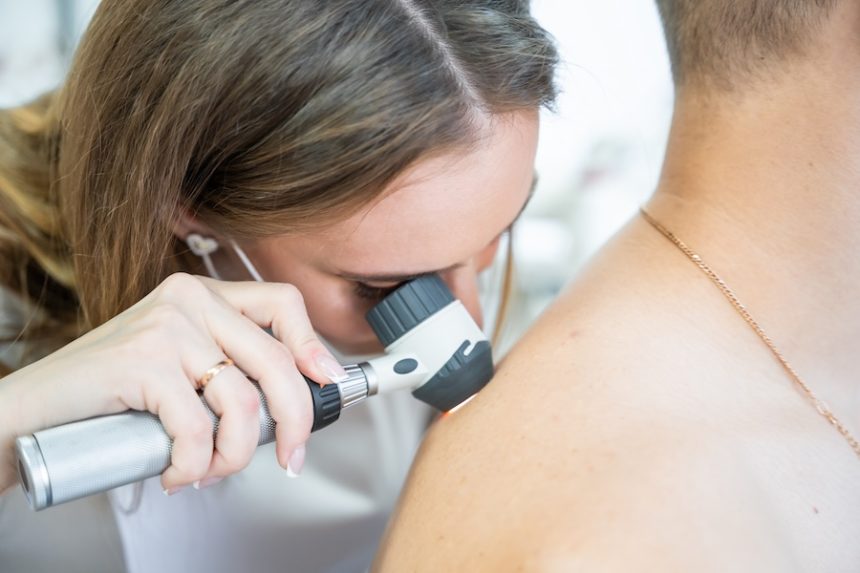Pink eye, also referred to as conjunctivitis, comes in four primary forms. They are toxic/chemical, bacterial, viral, and allergic. Pink eye can strike anyone at any time in their lives.
The most prevalent is viral pink eye, which spreads like a normal cold and is very contagious. between 65% and 90% of all occurrences of conjunctivitis, according to estimates. Red eyes, runny discharge, early-morning lash crusting, discomfort, and itching are possible symptoms.
Usually, it resolves on its own in three to seven days with the use of cool, moist cotton compresses for relief. Antibiotics and prescription eye drops are not necessary for viral conjunctivitis.
About 15–20% of all occurrences of pink eye are allergic, making it the second most prevalent type. Environmental exposures to pollen, grass, plants, and pets are frequently the reason. Red eyes, runny discharge, dry eyes, itchy eyes, scratchy or foreign body sensations, and swelling of the eyelids are some of the symptoms that may or may not be present. Antihistamine eye drops and rewetting eye drops are examples of over-the-counter treatments for this non-contagious condition.
Only 135 incidences of bacterial pink eye are thought to occur in the US for every 10,000 cases. It accounts for about 1% of cases of conjunctivitis. Over 60% of these instances involve people aged 0 to 19, and they are more prevalent from December to April. Red eyes, watery discharge, discomfort, and constant crusting or mucus in the eyes during the day are possible symptoms. Although bacterial pink eye is more harder to spread than viral pink eye, it is nonetheless contagious. Eye drops are frequently prescribed by doctors to treat bacterial conjunctivitis, even if medicines are not always necessary.
After being exposed to smoke, pollutants, household chemicals, chlorine in swimming pools, or occupational dangers, people frequently develop toxic or chemical pink eye.
Redness, irritation, watery eyes, and pain are common symptoms. Acid burns from vinegar, citrus fruits, borax, or sulfuric acid batteries are less likely to cause harm than alkali products like oven cleaner, baking soda, bleach, ammonia, and alkaline batteries. To minimize damage, the eye must be flushed thoroughly and immediately with runny water for a few minutes. Antibiotic eye drops are not necessary for this kind of pink eye, which is not communicable.
An ophthalmologist or optometrist should be consulted if a patient has vision loss, recurring infections, corneal involvement, significant discomfort or discharge from pink eye, or does not respond to treatment.
Regardless of the kind of pink eye, it’s critical to avoid touching your eyes and wash your hands frequently.
James Campbell, PA-C, is committed to patient care and has a plethora of expertise. While serving in the United States Air Force, where he finished 16 years of active duty and is still in the reserves, he obtained his medical education at the University of Nebraska. James has a strong interest in family medicine because he values its diversity and likes to establish enduring bonds with his patients at every stage of life.








